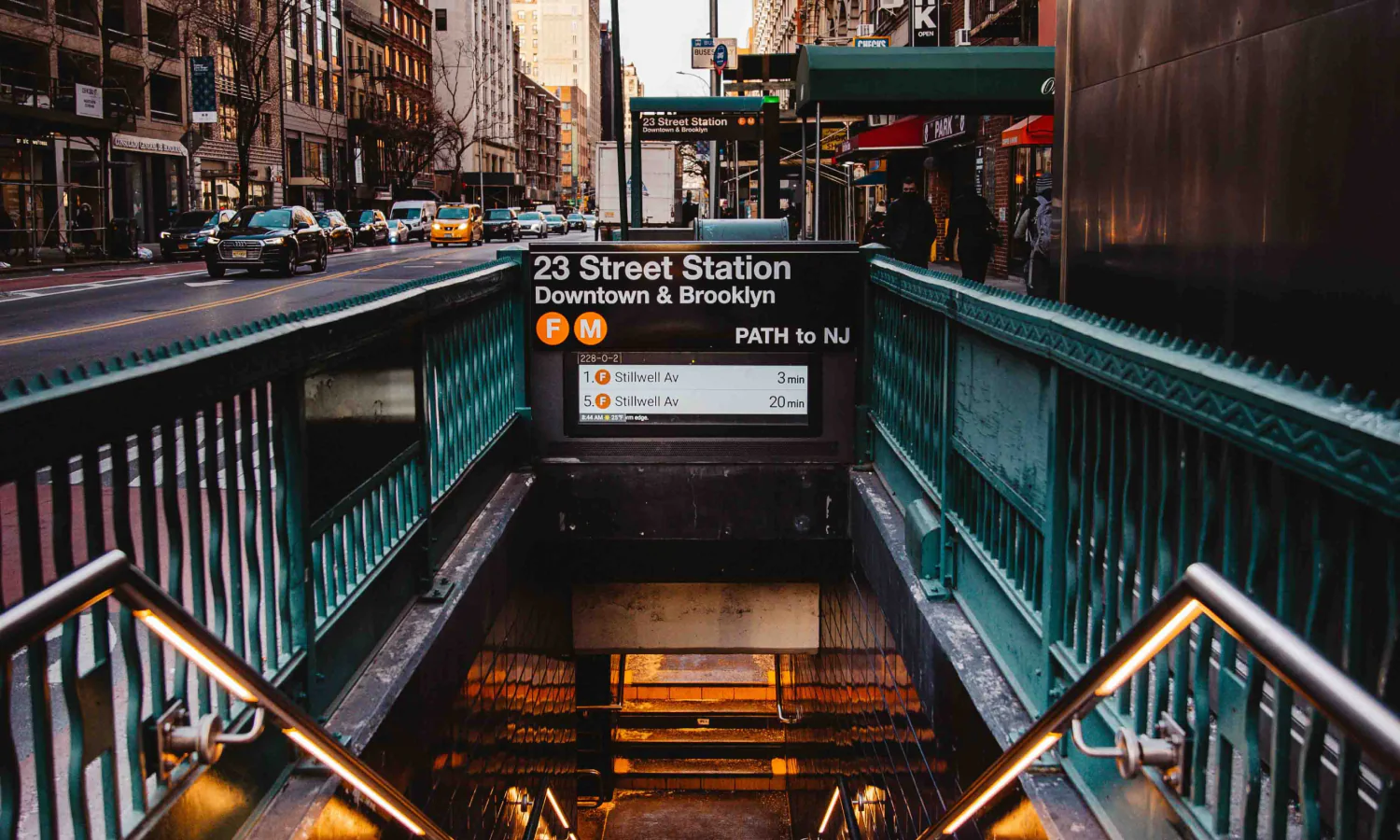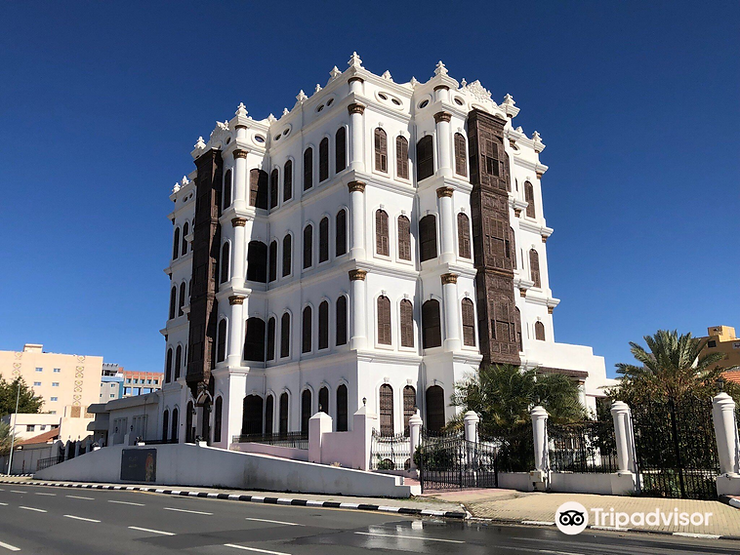
Newsletter Subscribe
Enter your email address below and subscribe to our newsletter

Enter your email address below and subscribe to our newsletter

**Headline:** *Shubra Palace: Taif’s Architectural Gem*
**Intro:**
Nestled in vibrant gardens, Shubra Palace (1905) captivates with its fusion of Roman and Islamic artistry. Once King Abdulaziz’s summer retreat, this 150-room marvel later housed Saudi Arabia’s Defense Ministry before becoming a heritage museum. Its ornate columns, dual staircases, and engraved facades narrate a century of royal and cultural legacy.
**Factbox:**
– **Location:** Taif, Saudi Arabia
– **Built:** 1905 | **Floors:** 4 | **Rooms:** 150
– **Architecture:** Roman-Islamic blend with stone columns, lime mortar, and carved ceilings.
– **Historical Role:** Royal residence → Ministry of Defense (1960s) → Heritage Museum (1986).
– **Key Features:** Lush gardens, double wooden staircase, intricate engravings.
*(50 words)*
**Shubra Palace: A Jewel of Taif Where History and Architecture Converge**
Nestled amid lush gardens and vibrant fruit trees, Shubra Palace stands as a timeless testament to Taif’s rich cultural and architectural heritage. Built in 1905, this iconic monument seamlessly blends Roman and Islamic design elements, offering visitors a glimpse into Saudi Arabia’s storied past. With its 150 rooms spread across four floors, the palace is not just a historical landmark but a symbol of the ingenuity and artistry of its creators.
### **A Masterpiece of Hybrid Architecture**
Shubra Palace captivates from the moment of arrival. Its western facade, crowned by a grand entrance, and the more subdued eastern gate reflect a harmonious balance of grandeur and functionality. The exterior walls, adorned with sturdy stone columns and intricate lime mortar detailing, hint at the Roman influence, while the palace’s overall structure remains rooted in Islamic traditions.
Stepping inside, visitors are greeted by a majestic double wooden staircase in the central hall, leading to symmetrical wings housing rooms of varying sizes. The interiors are a feast for the eyes:
– **Islamic Craftsmanship**: Delicate geometric patterns on ceilings, ornate wooden doors, and stained-glass windows showcase classic Islamic artistry.
– **Roman Flourishes**: The palace’s fencing and select engravings incorporate Roman motifs, creating a unique cross-cultural dialogue.
### **From Royal Residence to National Legacy**
Shubra Palace’s history is as dynamic as its design. Originally constructed as a summer retreat for King Abdulaziz Al Saud, the founder of modern Saudi Arabia, it later transitioned into a strategic hub. During King Faisal’s reign, the palace served as the headquarters for the Ministry of Defense and Aviation, underscoring its strategic importance.
In 1986, the palace embarked on a new chapter as the **Museum of Antiquities and Heritage**, preserving artifacts that narrate Taif’s evolution. Today, its halls display everything from pre-Islamic relics to exhibits on the Kingdom’s unification, offering a chronological journey through the region’s history.
### **Gardens of Eden: Nature Meets History**
The palace’s allure extends beyond its walls. Encircled by verdant gardens bursting with roses, pomegranate trees, and fragrant citrus blooms, Shubra Palace embodies Taif’s reputation as the “City of Roses.” These gardens, meticulously maintained, provide a serene backdrop that contrasts beautifully with the palace’s imposing architecture.
### **Why Visit Shubra Palace?**
– **Architectural Wonder**: Witness the fusion of Roman columns and Islamic geometric patterns.
– **Historical Insight**: Explore the former royal residence and its role in Saudi governance.
– **Cultural Preservation**: Engage with exhibits that celebrate Arabian Peninsula heritage.
– **Natural Beauty**: Stroll through gardens that mirror Taif’s agricultural richness.
### **A Living Monument**
Shubra Palace is more than a relic of the past—it’s a bridge between eras. Its transformation from a royal abode to a public museum reflects Saudi Arabia’s commitment to preserving its legacy while educating future generations. For history enthusiasts, architecture lovers, or anyone seeking to connect with Saudi heritage, Shubra Palace remains an unmissable destination in the heart of Taif.
*Plan Your Visit*: Open to the public year-round, the palace invites travelers to step into a world where every corner whispers tales of kings, conquests, and cultural fusion. Don’t forget your camera—the interplay of light through stained glass and the riot of garden colors are sights you’ll want to capture!
—
This content is optimized for WordPress, balancing SEO keywords (*Shubra Palace, Taif heritage, Islamic-Roman architecture*) with engaging storytelling to attract both local and international audiences. Use relevant tags and high-quality images of the palace’s interiors, gardens, and artifacts to enhance reader engagement.
**15 FAQs About Shubra Palace in Taif**
1. **What makes Shubra Palace historically significant in Taif?**
Shubra Palace is a cornerstone of Taif’s history, serving as King Abdulaziz Al Saud’s summer residence, later housing the Ministry of Defense under King Faisal, and now operating as a heritage museum since 1986.
2. **When was Shubra Palace built, and who commissioned it?**
Constructed in 1905, the palace was commissioned as a royal residence, reflecting the era’s grandeur and the strategic importance of Taif as a summer destination for Saudi leadership.
3. **What architectural styles are blended in Shubra Palace’s design?**
The palace uniquely merges Roman and Islamic architecture, evident in its Islamic-style wooden ceilings, columns, and arches, contrasted with Roman-inspired engravings on its fencing and structural elements.
4. **How large is Shubra Palace, and how is it structured?**
Spanning four floors, the palace boasts 150 rooms, two grand entrances (western and eastern), a central hall with a double staircase, and symmetrical wings designed for functional and ceremonial use.
5. **What are the standout features of the palace’s main hall?**
The main hall includes an ornate double wooden staircase leading to upper-floor wings, flanked by intricately decorated rooms and ceilings that highlight traditional Islamic craftsmanship.
6. **Why did Shubra Palace transition from a royal residence to a museum?**
After serving as a royal retreat and later the Ministry of Defense, the palace was repurposed in 1986 to preserve Saudi heritage, showcasing artifacts, antiquities, and historical narratives.
7. **What role did the palace play during King Faisal’s reign?**
Under King Faisal, Shubra Palace became the headquarters for the Ministry of Defense and Aviation, marking its strategic administrative importance during Saudi Arabia’s modernization era.
8. **How do the palace gardens enhance its cultural appeal?**
The lush gardens surrounding the palace feature vibrant fruit trees, floral arrangements, and shaded pathways, reflecting Taif’s reputation as the “City of Roses” and a fertile oasis.
9. **What materials were used in Shubra Palace’s construction?**
Builders utilized locally sourced stone and durable lime mortar for columns and facades, ensuring structural resilience while incorporating decorative woodwork and engravings for artistic flair.
10. **What Islamic architectural elements are visible in the palace?**
Islamic design shines through geometric patterns on ceilings, arched doorways, ornate wooden window lattices, and calligraphic details, symbolizing the cultural and spiritual aesthetics of the era.
11. **How does the palace incorporate Roman influences?**
Roman-inspired features include stone engravings on fences, symmetrical column designs, and grand entrances that echo classical European architectural principles blended with regional styles.
12. **Can visitors explore all four floors of the palace today?**
As a museum, the palace’s accessible areas likely include curated exhibits on its history, architecture, and former royal use, though some sections may be restricted for preservation.
13. **What historical artifacts are displayed in the museum?**
The museum houses antiquities such as traditional Saudi attire, weaponry, historical documents, and royal memorabilia, offering insights into the nation’s cultural and political evolution.
14. **How does Shubra Palace reflect Taif’s climate and environment?**
Its elevated four-story design, shaded gardens, and open courtyards were strategically planned to leverage Taif’s cooler climate, providing respite from the Arabian Peninsula’s heat.
15. **Why is Shubra Palace a must-visit for architecture enthusiasts?**
The palace offers a rare glimpse into early 20th-century design fusion, combining Islamic artistry with European motifs, set against Taif’s natural beauty, making it a cultural and visual landmark.
**📣 CTA (Llamado a la Acción):**
¿Listo para sumergirte en la historia y la belleza arquitectónica de Taif? 🌿🏰 ¡Visita el Palacio Shubra y descubre su fascinante fusión de culturas! No olvides pasear por sus jardines, admirar sus columnas talladas y explorar sus salones llenos de historia. 📸 Comparte tus fotos con #ShubraPalace y etiqueta @TurismoTaif para inspirar a más viajeros. ¡Taif te espera!
—
**🔍 Conclusión:**
El Palacio Shubra no es solo un monumento, sino un testigo vivo de la historia saudí. Su arquitectura única, que entrelaza elementos romanos e islámicos, y su legado como residencia real y museo lo convierten en un símbolo de orgullo cultural. Un destino imperdible para quienes buscan conectar con el pasado glorioso de Arabia Saudita y apreciar la riqueza de su patrimonio.
—
**🙏 Agradecimiento:**
Gracias por acompañarnos en este recorrido por el Palacio Shubra. ¡Valoramos tu interés en descubrir los tesoros históricos de Arabia Saudita! 🌟 Un reconocimiento especial a los esfuerzos de preservación del patrimonio por parte de las autoridades saudíes, que mantienen viva la historia para las futuras generaciones. ¡Sigue explorando con nosotros y comparte tu pasión por la cultura y la historia! 🧡
—
✨ *¿Te gustó este contenido? Suscríbete a nuestro blog para más historias sobre los rincones ocultos de Arabia Saudita.* ✨